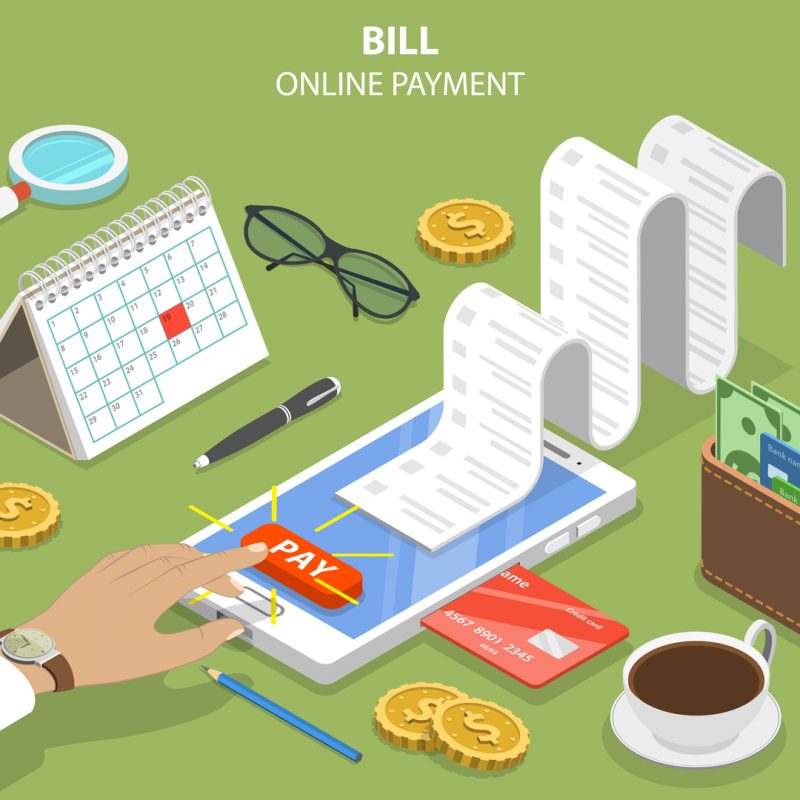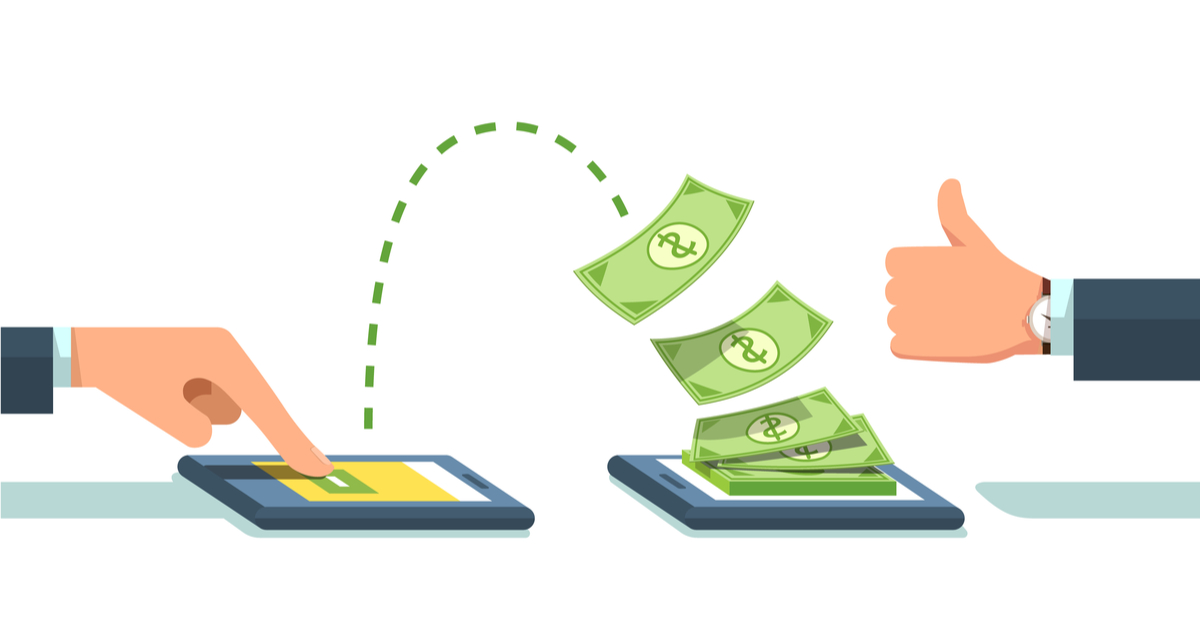Estimated reading time: 3 minutes
Why bother with the traditional way to do anything, when you could make the switch over to electronic mode of making payments? Though it seems like basic knowledge, there are many business owners still writing checks and filling out paper invoices. Electronic payments are here to stay and many companies are benefitting off of their processes immensely. Manual payment methods are costly, time-consuming, labor-intensive, inaccurate and highly inefficient when endured, so what’s the point anymore. The answer is simple and it’s through pursuing electronic payments and the benefits will come spiraling through. 
One of the largest challenges that comes out of utilizing manual payments is vendor integration. There are very few vendors who will be willing to partner with businesses who dabble in the old-fashioned and slow way of processing payments. The timeliness of these payment operations is very trying on business owners, due to extensive labor involved.
Electronic Payments are the Way to Go
The best electronic payment options include virtual/digital cards, wire transfers, and Automated Clearing House (ACH). These options offer consistency with multiple sayers of security. They also provide fraud protection and facilitate transparency, audits and spend visibility throughout the process. Virtual cards can come to the rescue and are great for post-invoice processes, so business administrators can pay bills on the phone, mobile devices and even digitally. Positive outcomes include greater control and overall security as a result.
Wire transfers are also positive for sending and receiving money to business partners, and even personally. These are electronic payments that roll out to be safe and reliable for all parties involved. Funds take less time to deliver, typically in a days time. Wire transfers are safer than physical paper checks and you won’t to risk finding out a check bounced, putting you in a confusing rut.
Benefits of Electronic Payments
Cut down on costs: You can eliminate paper-based invoicing, which can eliminate the additional cost that comes along with supplying the paper and postage. Businesses can relax and feel good about knowing payment late fees won’t be an issue any longer. By taking advantage of these electronic payment options, all invoices can be taken out automatically, and reminder notifications will be heard around the workplace. 
Increase the Convenience: Forget about driving all the way out to the bank and standing in long lines to process a transaction, because electronic payment solutions will resolve everything. Business managers can submit payments and invoices with the tap of a finger and on their time.
Boost those Profits: Why worry about spending hours of time and effort, processing payments, when you could divert efforts elsewhere? Allowing the internet to take control of the payment processing can allow for employees to work on other tasks while on the clock and cut back on stress throughout the shift.
Prevent Fraudulent Behavior: Business owners can avoid some negative financial moves taking place. Accidental payments, double payments and overpayments often occur when such operations occur, so if one could dodge that risk, the benefits double.
Business Relationships Forever: Electronic payments are fast, secure and suppliers will get compensated in an efficient manner. There won’t be any paperwork to fill out and potentially misplace, which will ease partners during a transaction. Your business relationship will find itself transforming into a long-term agreement, if all parties work together accordingly.
 Going Forward…
Going Forward…
Business owners should abandon the manual payment approaches and adopt e-payments. Electronic payments are safe, convenient, reliable, and they provide vendors with secured vendor transactions. Save time and mental energy and don’t feel left behind on this opportunity. ISVs have the largest opportunity to provide for their customers in this instance. Like mobile payments, the digital transformation is taking over many workplaces, with its functionalities.
ISVs can take their know-how and work with end-users to help integrate new software applications to their current devices. On the other side of the spectrum, the payment processors, themselves, have to work with ISVs. In efforts of making sure each party is on the same page, communication is key, especially in the ever-changing digital climate. Such partnerships are key to helping everyone in the payment ecosystem to thrive into the future.

